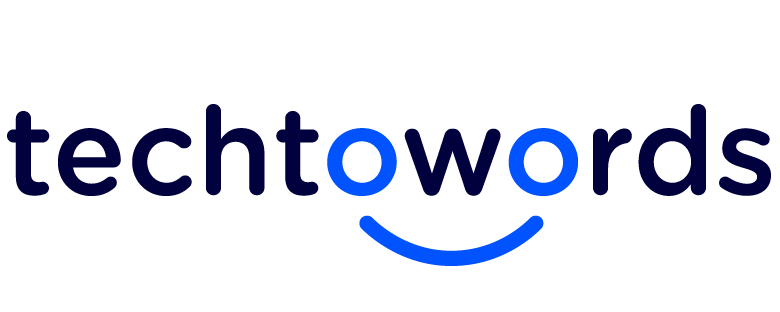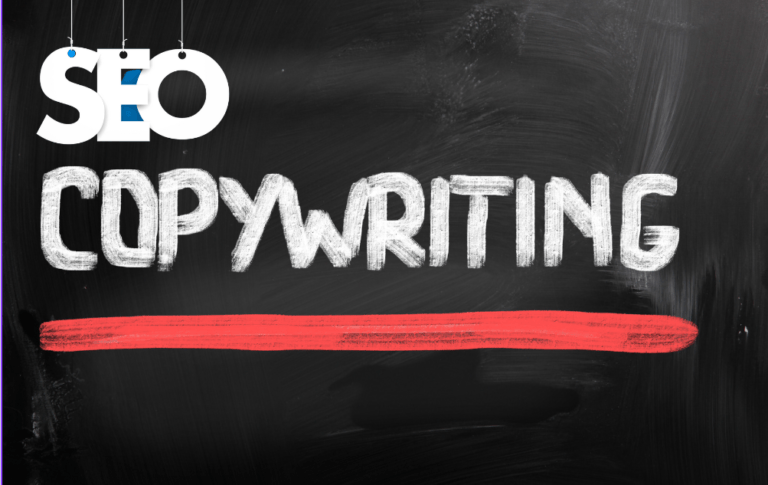AIDA Copywriting Formula (Explained + Example)
As a copywriter, it’s almost outlandish to think about a magic formula that’ll make your readers take the action you want them to — but, lo and behold, such formulas are a real thing, and they’re truly effective.
Among the plethora of these formulas, the AIDA copywriting formula stands out. It takes the reader through a funnel of well-formed steps to get them to click the CTA ultimately.
But what is it, and how does it work? Read on to find out.
What Is the AIDA Formula?
Simply put, AIDA – the acronym for Attention, Interest, Desire, and Action – is a marketing formula that finds ample applications in copywriting.
Devised first by Elias St. Elmo Lewis, an American marketing maestro, it takes the reader through a process of well-placed steps that guide them to the desired action you want them to take. Here’s how its simple yet effective process works:
First off, you grab the reader’s attention through something catchy – it can be an aptly-crafted headline, an interest-piquing image, or whatnot. Once you have got the reader’s attention, now’s the time to capture their interest.
There’s no set way to do so. In general, you can support your claim with evidence, include stats, sprinkle related pictures throughout, and format the document properly.
Then comes the Desire part. Give your readers what they are looking for. Talk about how your product or services can solve their problem.
Last of all is the carefully placed call to action. The motivated reader whose attention, interest, and desire you have, is all ready to take the action you want them to.
How Does AIDA Formula Work?
So much for the introduction. Let’s delve into the details.
#1: Attention
Imagine yourself convincing a passenger with headphones on to buy your product. I don’t need to point out that it’d be absurd. To convey something of significance to them, first and foremost, what you need is their attention. But how?
Attention is grabbed through anything prominent and flashy – in other words, it’s something that will catch the reader’s glance. Now, what are these things? Headlines and images, of course. They are what hooks the reader.
Here are some of the features of an aptly-crafted headline:
- It should be specific. Rather than covering some general topic, it should speak directly to the reader’s problems.
- It should have a well-defined audience. You can’t sell a pen to just anybody. You only need to address those who need a pen in the first place. In the headline, mention the features, services, or solutions your specific audience would be looking for.
- It can contain stats. It’s a well-known fact that actual stats fare much better in convincing than mere claims. So, you can always include stats.
- It should be emotional. A bland statement would hardly convince anybody to read on. Spice it up with some real emotions.
#2: Interest
Once you’ve got the reader’s attention, the next step is to make sure you don’t lose it. For that, you’ve to keep them interested. To accomplish that requires a blend of good formatting, relatable examples, interesting numbers, anecdotes, and images. In essence, provide them value.
Here are a few things I perceive as fundamental to making a reader interested in the copy:
- Format the article properly. No matter how good is the content of your article, the reader won’t give a jot if it’s hard to read, un-scannable, and jumbled up. Hence, keep the headings prominent, paragraphs short, and use formatting as much as possible.
- Include examples and case studies. A concept or claim is easy to digest when explained with related examples. Moreover, to increase credibility, include stats, graphs, and screenshots.
- Keep your writing style funny. Not many people enjoy reading bulky textbooks, but they do savor gossip. So, write as if talking to a friend. Include jokes and anecdotes.
#3: Desire
The reader has come to your article in search of the resolution to their query. Like anybody, they’re very selfish in that regard. Hence, it’s not enough to get their attention. To lead them toward your goal, you’ve to offer them what they desire.
It’s not hard. Simply present them with what they want:
- If they were looking for a product, service, or opinion, present it to them – honestly and plainly. Above that, try helping them beyond that.
- Guide them through any process, details, complications, etc.
- Give them friendly and expert advice.
In a nutshell, model your article as the ultimate resource to solve the readers’ specific problem. Often, marketers use testimonials or social proof to make the offer irresistible for readers.
#4: Action
They’ve come so far. You got their attention, kept them interested, and fulfilled their desire – they’re grateful to you. Now’s the time to put a call to action.
It could be any action you want your readers to take: to check out a product, avail of a service, book a meeting, subscribe to an email list, etc.
While doing so, take care of these:
- Place the call-to-action after you’ve gone through the first three steps.
- Make it clear and distinguishable from ads.
- Present it as something that would value the reader rather than you.
And, voila! You’ve implemented the magical AIDA formula.
How to Apply AIDA in Copywriting?
Now, numerous web copies have nailed the AIDA and increased their conversation. Here’s an interesting one from SurferSEO’s homepage.
It starts with a bold promise that captures the customer’s attention and also explains, in simple words, what Surfer does.
Copywriting doesn’t necessarily involve the play of words or fancy writing styles. SurferSEO sticks with words that marketers can easily relate to.

Then, SurferSEO follows up with several intriguing descriptions of its top features to keep the customers engaged. It emphasized certain phrases, such as ‘confidence’ and ‘precision,’ to underscore the benefits of signing up.

In a classic AIDA approach, SurferSEO listed notable brands that subscribe to its services. By doing so, it instills confidence amongst doubtful customers.

SurferSEO has an unmistakable call to action and a risk-free guarantee to remove any hesitations from the customers.

Conclusion
AIDA remains a popular copywriting framework as it’s proven to increase conversion when tailored to align with the customer’s journey. As copywriters, the framework helps you engage with the different physiological states of customers and gradually coax them into taking action.







